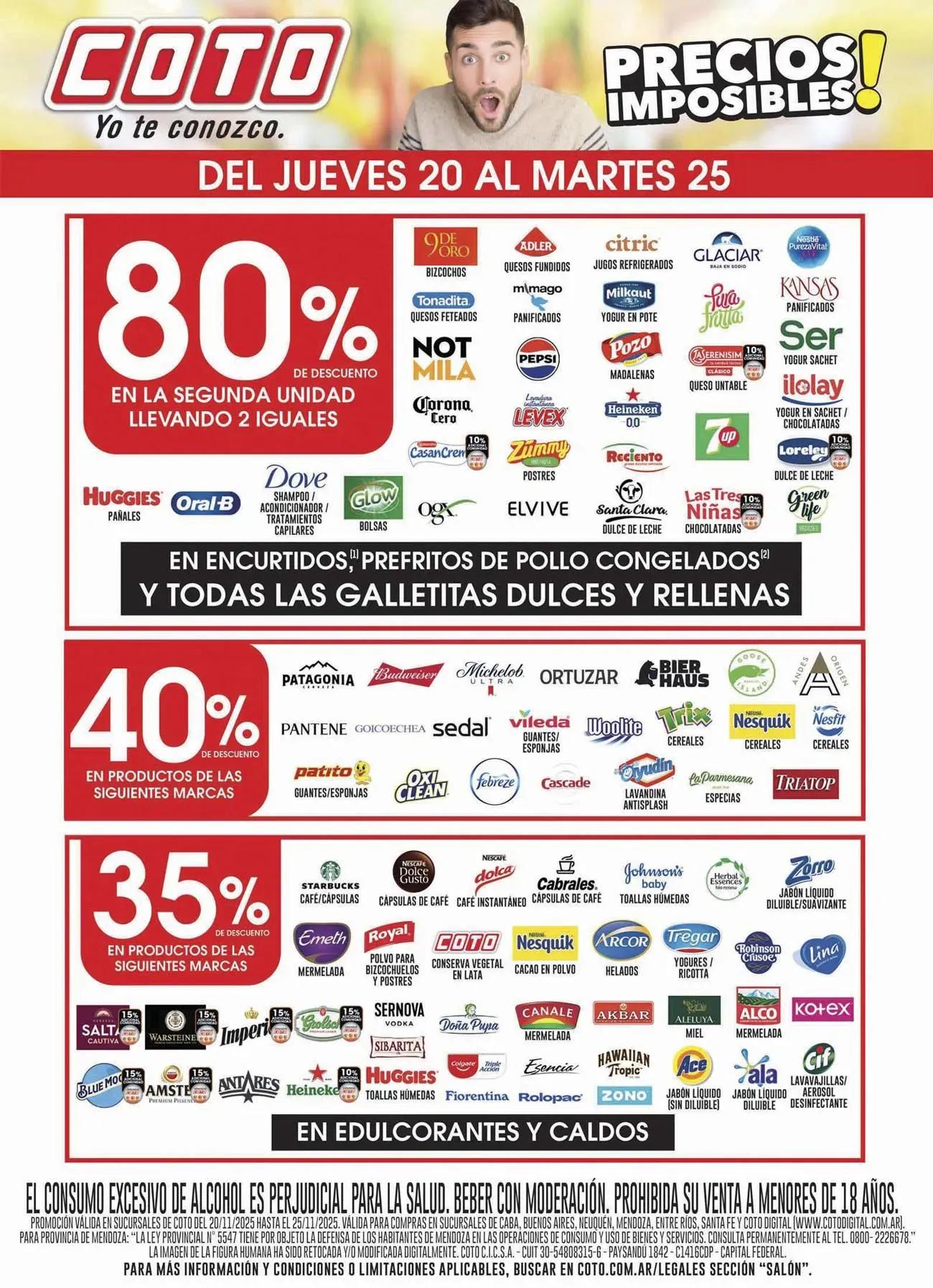The case of Coto, one of the largest supermarket chains in Argentina, represents a microcosm of the current state of the national economy. In a context marked by persistent inflation, fluctuations in the exchange rate, and logistical challenges, it is essential to ask: how has Coto influenced the retail market, and what are the implications for consumers and the economic system as a whole? This analysis aims to unravel the relationship between Coto's business strategy and its impact on the Argentine economy, also considering comparisons with international models.
📊 Current Overview
Coto, according to data from its 2022 annual report, reached a turnover of approximately $200 billion (equivalent to about $1 billion at the official exchange rate), solidifying its leadership in the retail sector. The chain operates more than 150 branches across the country and employs over 20,000 people, demonstrating its relevance not only economically but also socially. However, the context in which it operates is complex: according to INDEC, annual inflation reached 70% in 2022, which has led consumers to adjust their shopping habits. This inflationary environment has prompted Coto to implement aggressive pricing and promotional strategies to attract customers.
🔍 Causes and Factors Analysis
The expansion and ongoing success of Coto can be attributed to several factors. Firstly, its ability to quickly adapt to market conditions is crucial. The chain has diversified its offering through strategic alliances with local producers and has incorporated technology to improve operational efficiency. Furthermore, the economic crisis has led to a rise in demand for basic products at competitive prices, benefiting Coto by positioning it as an accessible supplier.
Historically, the Argentine retail sector has faced similar challenges during periods of economic instability. For example, during the financial crisis of 2001-2002, many chains were forced to close or drastically reduce operations; however, Coto managed to remain afloat thanks to its customer-centered approach and strong regional presence.
🌍 International Comparison and Global Impact
Internationally, similar models have been observed in countries like Brazil and Chile. In Brazil, chains like Pão de Açúcar have adopted strategies focused on sustainability and corporate social responsibility to attract environmentally conscious consumers. On the other hand, Chile has seen significant growth in supermarkets like Lider that have managed to balance competitive prices with superior quality through investments in technology and logistical infrastructure.
A study conducted by consulting firm KPMG indicates that chains implementing advanced technology to manage inventories and optimize operations can reduce operational costs by up to 30%. This data reveals that Coto still has room to improve its operational efficiency compared to international competitors.
⚖️ Implications and Consequences
The implications of Coto's business model are significant for both consumers and the Argentine economic system. With prices adjusted due to fierce competition and a greater variety of products available, consumers can benefit directly. However, this model also presents risks: an excessive reliance on promotions can erode profit margins and affect long-term financial sustainability.
Moreover, the potential monopoly that could arise if Coto continues to expand its market share could limit options for consumers and negatively impact small local merchants. For instance, according to data from the Argentine Ministry of Production, more than 30% of local businesses have closed their doors since 2018 due to the competitive pressure from large chains.
🚀 Strategic Perspective and Future Outlook
Looking ahead, it is essential for Coto to adopt strategies that not only aim to maximize immediate profits but also foster a healthy business ecosystem. This includes considering alliances with local suppliers to strengthen the regional economy or investing in sustainable technologies that reduce operational costs without compromising quality.
Economic risks persist: prolonged inflation can erode the purchasing power of the Argentine consumer; however, significant opportunities exist if a balance between competitiveness and technological innovation is achieved. In conclusion, as Coto continues to play a key role within the Argentine retail sector, it will be crucial to observe how it manages these future challenges to maintain its dominant position without sacrificing its social responsibility or compromising the overall economic health of the country.

Comments